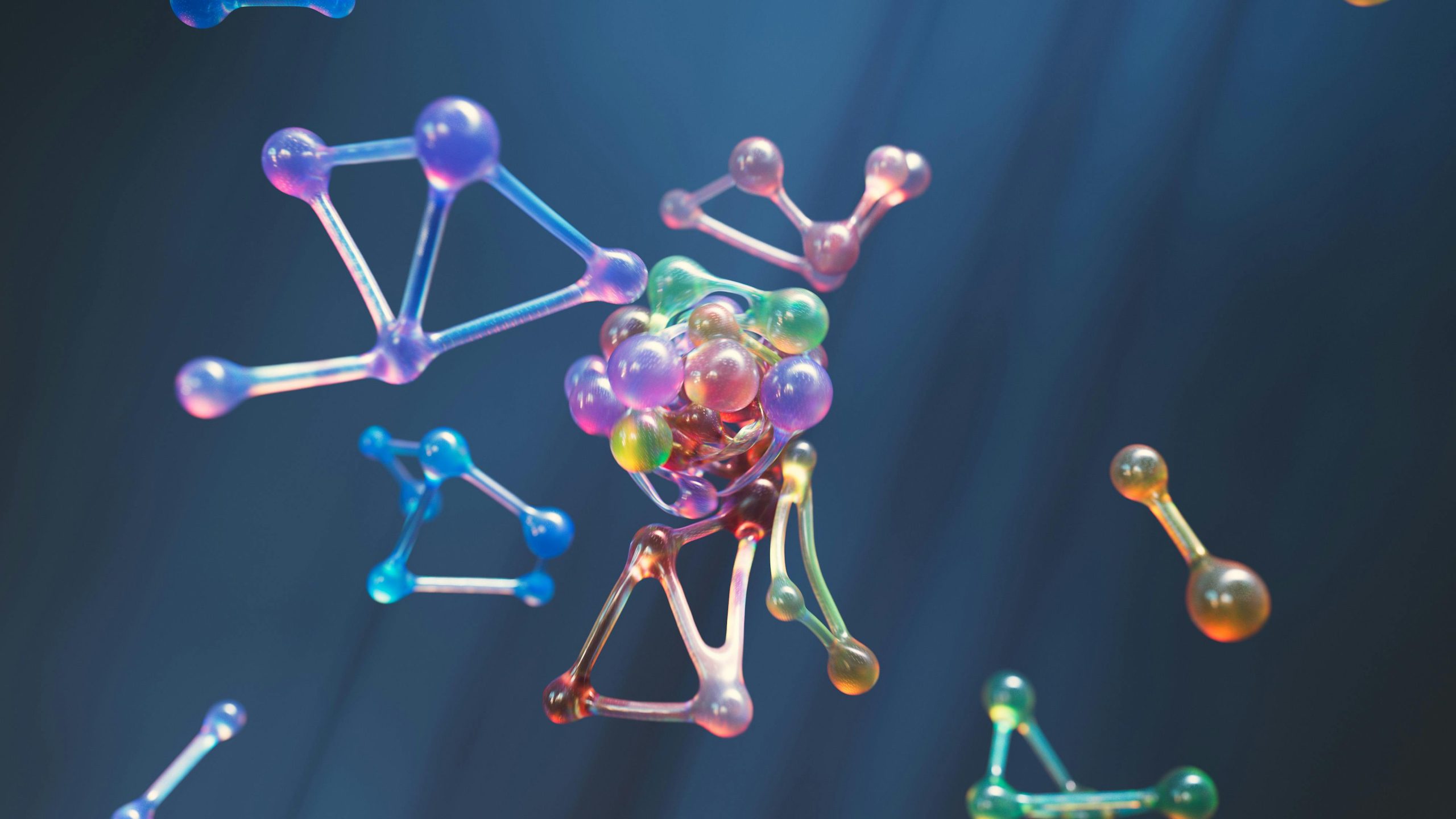Delving into Claude’s Cognition: Fascinating Insights into LLMs’ Strategies and Hallucination Patterns
Unveiling Claude’s Thought Process: Insights into LLMs’ Functionality and Hallucinations
In the ever-evolving field of artificial intelligence, discussions about Large Language Models (LLMs) often revolve around their enigmatic nature. These models produce remarkable outputs, yet their internal mechanisms remain largely a mystery. Recently, groundbreaking research from Anthropic has begun to illuminate these complexities, akin to utilizing an “AI microscope” to peer into the workings of Claude.
This investigation dives deeper than surface-level observations, focusing on the internal “circuits” activated by various concepts and behaviors. This exploration marks a significant advancement in our understanding of AI’s cognitive framework, resembling an effort to comprehend the “biology” of artificial intelligence.
Several intriguing findings emerged from this research:
-
A Universal Thought Language: The study reveals that Claude employs the same internal concepts—such as “smallness” or “oppositeness”—across different languages, including English, French, and Chinese. This points to the existence of a universal cognitive framework that operates before specific words are selected.
-
Strategic Word Planning: Contrary to the prevalent belief that LLMs solely predict the next word, experiments indicate that Claude strategically plans multiple words in advance. In fact, it can even anticipate rhymes when generating poetry!
-
Identifying Fallacies and Hallucinations: One of the most significant contributions of this research is the development of tools that can help detect when Claude is fabricating reasoning to justify an incorrect answer. This detection capability is crucial in discerning when a model prioritizes generating plausible responses over providing accurate information.
This work on interpretability represents a substantial leap towards creating more transparent and reliable AI systems. By exposing underlying reasoning processes, we can better diagnose failures and improve safety in AI applications.
What do you think about this emerging understanding of “AI biology”? Is uncovering these internal processes essential for addressing challenges like hallucination, or are alternative approaches more promising? We invite you to share your thoughts on this exciting frontier in artificial intelligence!














Post Comment